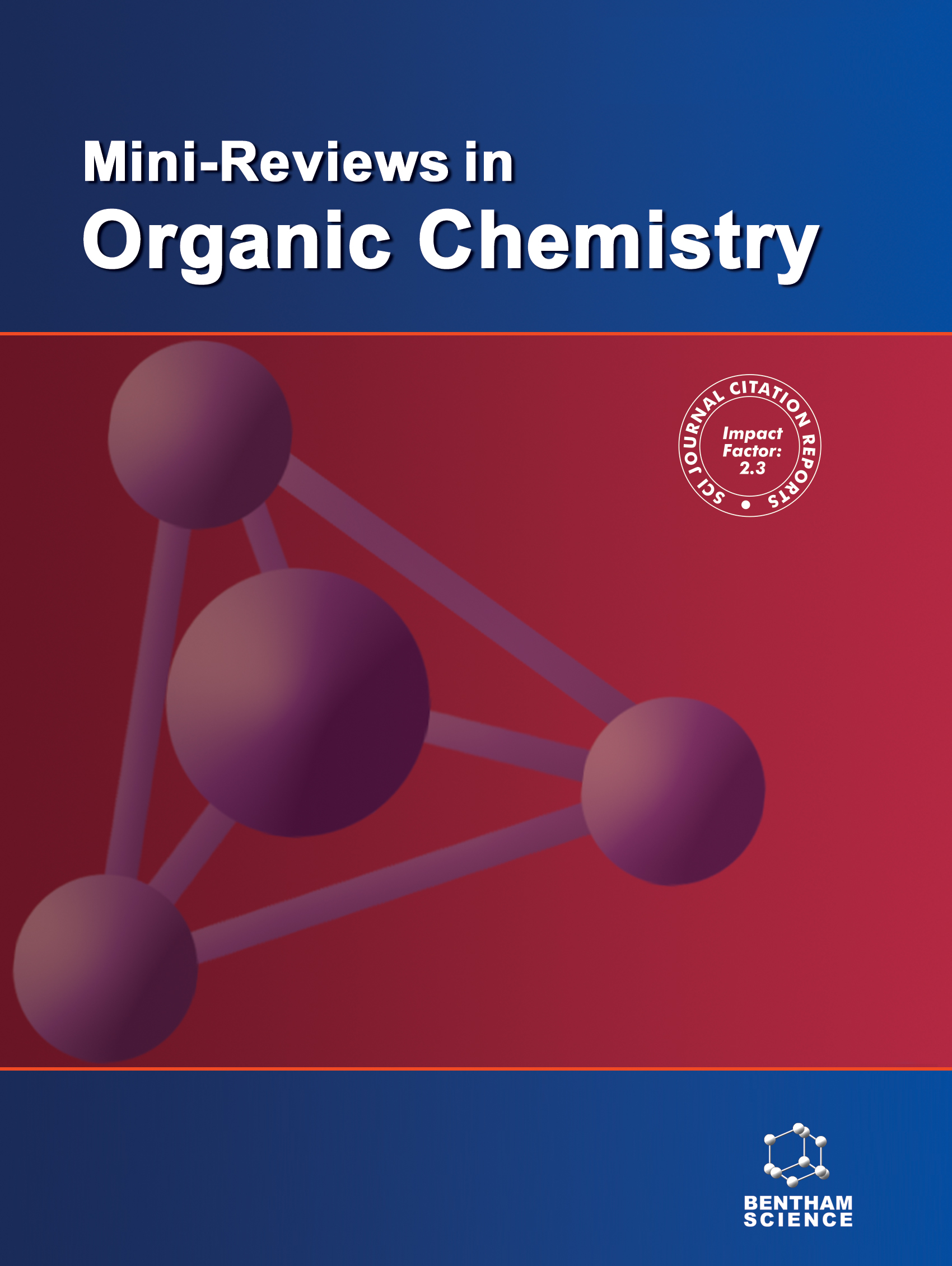
Full text loading...

This review provides an in-depth analysis of KRASG12D, one of the most prevalent oncogenic mutations found in pancreatic, colorectal, and lung cancers. Despite its historically regarded “undruggable” status, the success of KRASG12C inhibitors has spurred significant interest in targeting KRASG12D. The non-covalent inhibitor MRTX1133 has emerged as a key breakthrough, demonstrating potent anti-tumor efficacy via the Switch II pocket, highlighting the potential of non-covalent strategies for KRASG12D inhibition. In addition, we explore other promising inhibitors such as BI-2852, KD2, TH-Z835, and KD-8, which leverage structural optimization and computer-aided drug design (CADD) to enhance selectivity and binding affinity. Innovative therapeutic approaches, including PROTAC-based SOS1 degraders (e.g., ZZ151) and combination therapies (e.g., MRTX1133 with pan-ERBB inhibitors), are being explored to overcome the challenges of drug resistance. Despite these advancements, issues of selectivity, chemical diversity, and overcoming adaptive resistance remain, necessitating ongoing multidisciplinary efforts to develop novel and effective KRASG12D-targeted therapies.

Article metrics loading...

Full text loading...
References


Data & Media loading...